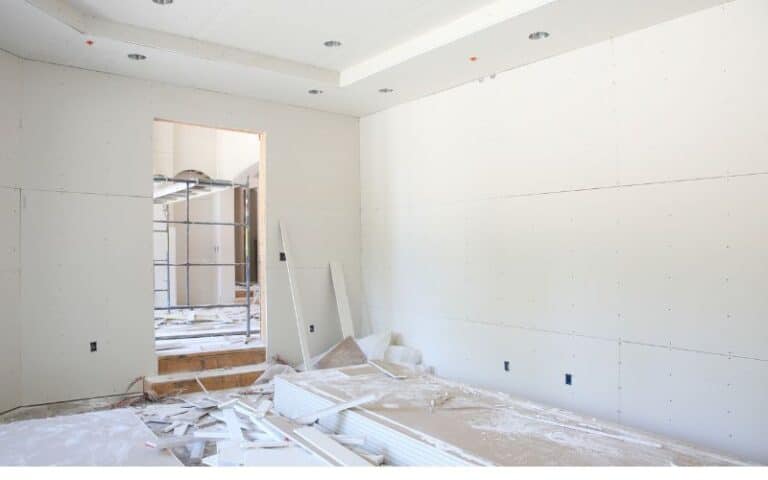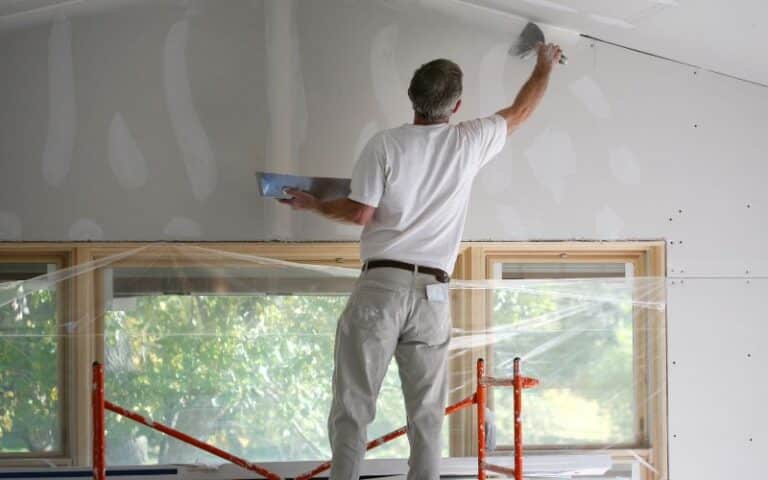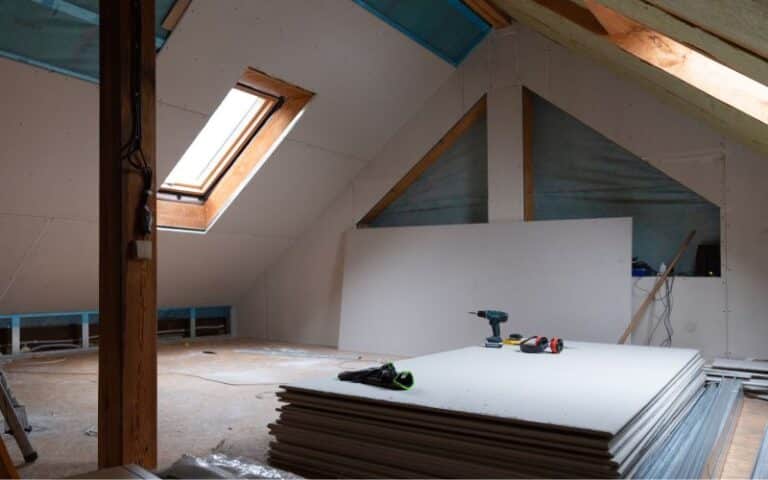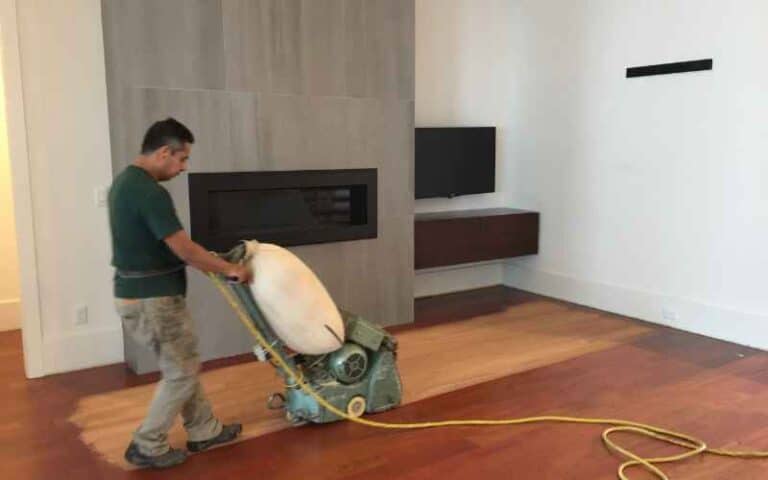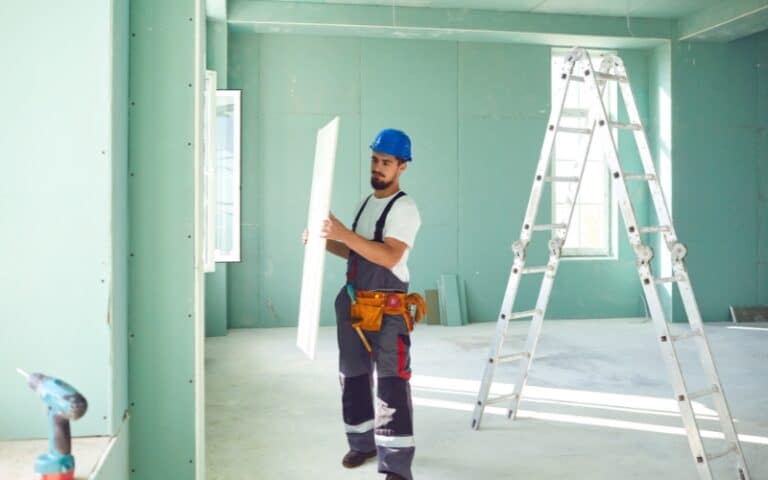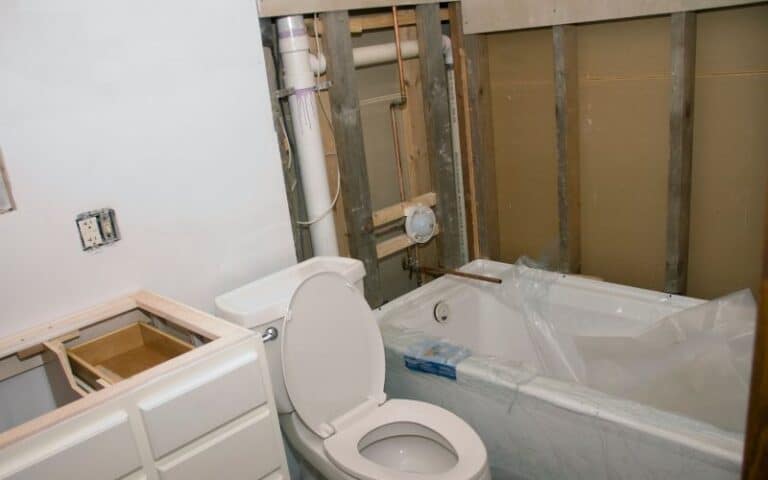One of the most annoying things you can experience as a house owner is mud peeling. As soon as it begins, it gradually affects the entire wall and damages the house’s appearance.
So, if you’ve just finished your drywall project and proceeded to apply paint over it, but you just realized the drywall mud is peeling when painting, I’ve got you covered.
Suppose you’re encountering a similar situation. Your long-awaited solution is right here!
In most cases, the drywall mud comes off when painting because you didn’t prepare the surface properly. However, it could also be because you started applying paint when the drywall mud was still wet.
In this piece, I’ll extensively explain why drywall mud peels when painting and other vital facts about wet drywall mud and painting. Have an exciting read!
Ready for a Drywall Quiz?
Why Is Drywall Mud Peeling When Painting?
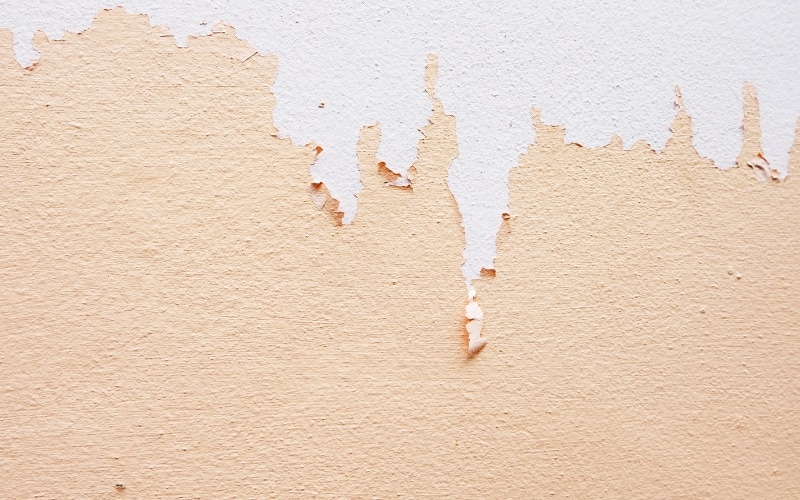
Mud peeling occurs because of different reasons.
The following are the most common causes of this annoying issue.
#1. Applying Mud Without Preparing the Surface
One important rule before applying mud is to prepare the surface properly. Wall surfaces, especially old ones, will be covered with soot, old paint, dust, etc.
Clearing off this debris will prevent the mud’s surface from weakening. Else, immediately the mud dries, it won’t have enough friction to remain on the wall surface.
Consequently, the mud will start coming off. After a short while; it’ll damage the whole wall.
#2. Cheap Compound
The compound is an essential requirement for the project. There are several options available on the market. Settling for the cheap one will result in a high probability of project (wall) damage.
Instead of just buying any compound you find in the market, it’s best to seek the advice of a professional on the best compound to use.
Alternatively, you can source online for buying guides on the best compound. If you do this, you’ll save yourself money and time.
#3. Poor or Wrong Application
Applying the mud wrongly can cause the wall to peel. Even if you’re doing it for the first time, make sure to get your facts (necessary equipment and procedures) right.
If necessary, practice on another surface before working on your wall to avoid mistakes and damage.
Never skip preparing the surface. Also, don’t apply the mud using the wrong method or at the wrong time.
#4. Incorrect Mud and Water Ratio
If you’re using a compound of 500ml and water of 900ml, the compound mud and water ratio should be 5 kg. If the mud has no moisture or is too watery, it’ll not last long.
#5. Weather Issues
Mud application is best made on sunny days when the temperature is between 50°F to 89°F.
Doing it in a very cold or hot temperature will ruin the outcome. In cold temperatures, it’ll take a longer time for the wall to dry.
Can You Paint Directly on Drywall Mud?
Of course, you can paint directly on drywall mud. However, you’ll need to prepare and prime the mud to ensure the paint sticks.
It is highly advisable to apply a coat of paint over the mud after priming. It’s better than applying two coats without priming.
Also, make sure to match the sheen with the other parts of the wall to minimize the effect of light reflection on the wall surface.
Sadly, if your wall is very close to high light rays, you may need to paint the entire wall again to maintain consistency.
In addition, you can mix the paint with the compound (mud) before applying the drywall mud on the affected surface and repainting the area.
Besides, paint blends better with the rest of the wall when it dries. Make sure to properly mud drywall joints before painting them.
If you don’t, it’ll make the painted area unattractive. Plus, unsealed drywall is against the building code in garages and homes.
The reason is that it won’t be resistant to fire. To make your home look better and easier to clean, follow all the steps to mud the drywall before applying the first coat of paint.
Is It Okay to Paint Over Wet Drywall Mud?
It’s a terrible idea to paint over wet drywall mud. The joint compound (mud and water) needs approximately 24 hours to dry up.
It is only then that you can proceed to paint a new coat. Painting over wet drywall mud has many detrimental consequences and can damage the overall quality of your work.
So, for best results, once the joint compound dries, carefully apply a new coat of paint and allow ample time to dry before proceeding.
Should You Prime Drywall Mud Before Painting?
It is very important to prime drywall mud. This procedure helps to ensure the paint sticks to the mud.
Drywall primer and paint aren’t the same. The major ingredient in a primer is Polyvinyl Acetate (PVA).
It is used to seal the dried joint construction and the porous surface of the paper, making it easier for the new paint to stick.
The PVA used in the primer sticks to unfinished drywall better than paint. On the other hand, paint glues better primer than drywall.
Primers come in different grades. Also, they’re used to fill in the ridges in the joints, giving the wall a seamless and smoother appearance.
Additionally, if you have any repair issues on your drywall, you can use a primer to fix them.
The repair can be done by filling up the gaps in holes, drywall joints, and spacing.
To properly use a primer, begin by cleaning the surface and removing all debris before applying the compound to the affected area.
Most of all, after primer application, it’s best to allow it dry before applying paint.
Below are the advantages and disadvantages of priming before painting.
| S/N | Advantages | Disadvantages |
|---|---|---|
| 1 | Helps to seal the wall. | Priming is time-consuming. |
| 2 | Provides a surface that’ll make the paint last longer. | Allows room for complexity. |
| 3 | Allows you to achieve the paint color your desire. | There’s a high probability for mistakes to occur. |
FAQs
Why Is Drywall Mud Necessary?
Drywall mud is used to cover the seams where the drywall meets. It helps to secure your electrical wiring and protect the wall against moisture and debris.
Can You Paint Drywall Directly?
It’s not advisable to paint drywall directly with just one coat. If the paint is oil-based, alkaline, or latex, it’ll peel off after some time.
Can You Paint Drywall Without Mudding?
Painting drywall without mudding and taping results in a poor finish. There’ll be several open gaps in the wall. Painting uncoated drywall creates a fire hazard, violating building regulations.

